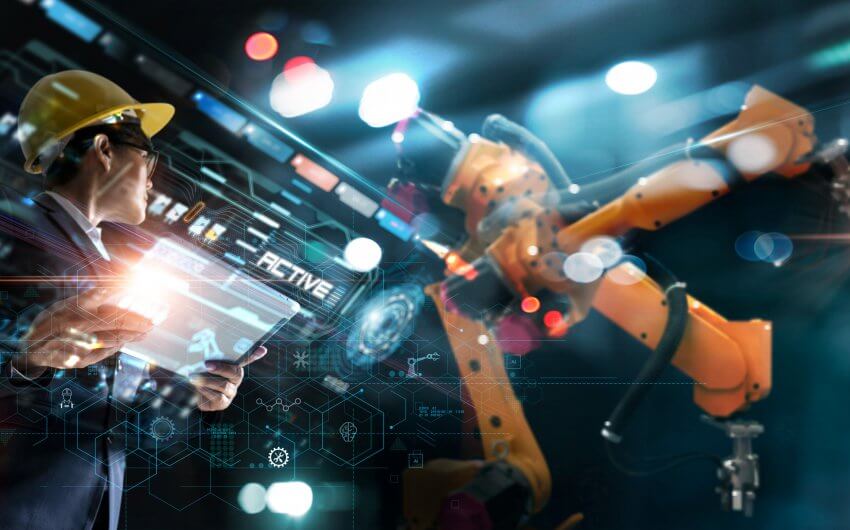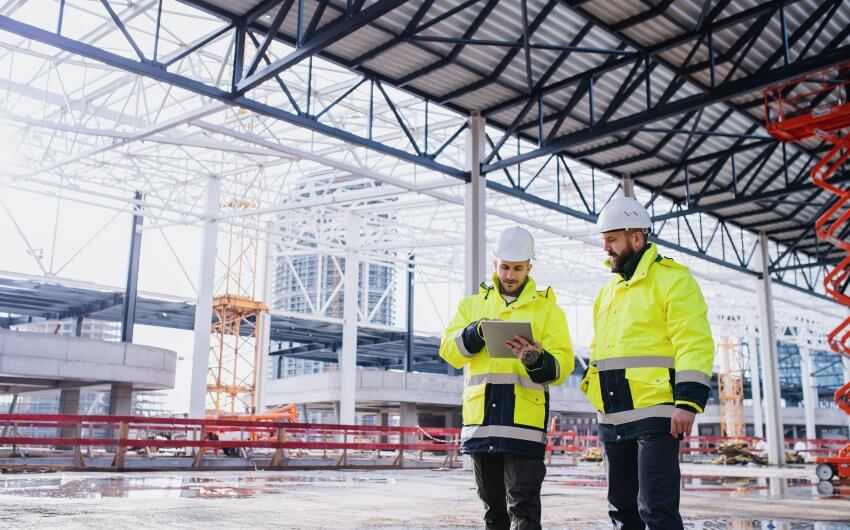In this
blog series, we deep dive into each stage of the idea to product lifecycle, from identifying a problem and formulating an idea through production and marketing. In each post, we’ll focus on one of the twelve unique aspects of the cycle and its impact on the end product.
Stage 10 of 12: Production

In the production stage of the idea to product lifecycle, you’ll hand over the reins of your product to the manufacturers who will produce and assemble your product. The goal is to make high quality products as efficiently as possible.
By this stage, you should have addressed any issues with your product design that could negatively impact the production process. If not, you should go back to the previous stages before moving forward. It would be too costly, in terms of both time and money, to begin production and have to restart later on.
All the preparation you’ve done leading up to this stage will now be useful to make the production stage as efficient as possible. Additionally, the manufacturing firm should be well-versed with your product design. This will allow them to properly produce and assemble your product and make quality control assessments.
It may be beneficial to begin with a smaller scale production of your product. You could offer a limited release of the product to gauge consumer interest, as well as give the manufacturer’s time to catch up in order to avoid any backorders. Once you’ve determined the demand for your product, you can ramp up the mass production to begin producing your desired quantity.
Quality Control
As you begin to mass produce parts for your product, you should be able to assure that each part maintains the same quality as the rest. Any discrepancies in the quality of the parts will cause quality issues for the overall product. With whatever production process you choose, there needs to be trained personnel with knowledge of the product design that can oversee the production and ensure the quality of each part.

If you’ve ever watched the show How It’s Made, you’ll have probably seen episodes where the production process includes a conveyor belt stage in which workers evaluate the product. Even for products like cereal, the workers will diligently review the pieces or parts as they roll past them, removing any that are not up to the product’s quality standard. This part of the production process helps to ensure the quality of the overall product by first reviewing the quality of each part that goes into it.
You should also be checking for quality in the production of packaging for your product. In the
branding and packaging stage, you should have designed the brand and packaging for your product, something both functional and aesthetically pleasing. You should ensure that as the packaging is produced, it fits with your brand and will be functional for preserving and displaying your product to consumers.
What’s next?
It’s time to test your product in the hands of others. Your product must go through
trials and regulatory approvals to ensure it is fit for consumers.
About the Author
Elizabeth Gomes
Marketing Intern and sparkling water enthusiast
 In the production stage of the idea to product lifecycle, you’ll hand over the reins of your product to the manufacturers who will produce and assemble your product. The goal is to make high quality products as efficiently as possible.
By this stage, you should have addressed any issues with your product design that could negatively impact the production process. If not, you should go back to the previous stages before moving forward. It would be too costly, in terms of both time and money, to begin production and have to restart later on.
All the preparation you’ve done leading up to this stage will now be useful to make the production stage as efficient as possible. Additionally, the manufacturing firm should be well-versed with your product design. This will allow them to properly produce and assemble your product and make quality control assessments.
It may be beneficial to begin with a smaller scale production of your product. You could offer a limited release of the product to gauge consumer interest, as well as give the manufacturer’s time to catch up in order to avoid any backorders. Once you’ve determined the demand for your product, you can ramp up the mass production to begin producing your desired quantity.
In the production stage of the idea to product lifecycle, you’ll hand over the reins of your product to the manufacturers who will produce and assemble your product. The goal is to make high quality products as efficiently as possible.
By this stage, you should have addressed any issues with your product design that could negatively impact the production process. If not, you should go back to the previous stages before moving forward. It would be too costly, in terms of both time and money, to begin production and have to restart later on.
All the preparation you’ve done leading up to this stage will now be useful to make the production stage as efficient as possible. Additionally, the manufacturing firm should be well-versed with your product design. This will allow them to properly produce and assemble your product and make quality control assessments.
It may be beneficial to begin with a smaller scale production of your product. You could offer a limited release of the product to gauge consumer interest, as well as give the manufacturer’s time to catch up in order to avoid any backorders. Once you’ve determined the demand for your product, you can ramp up the mass production to begin producing your desired quantity.
 If you’ve ever watched the show How It’s Made, you’ll have probably seen episodes where the production process includes a conveyor belt stage in which workers evaluate the product. Even for products like cereal, the workers will diligently review the pieces or parts as they roll past them, removing any that are not up to the product’s quality standard. This part of the production process helps to ensure the quality of the overall product by first reviewing the quality of each part that goes into it.
You should also be checking for quality in the production of packaging for your product. In the branding and packaging stage, you should have designed the brand and packaging for your product, something both functional and aesthetically pleasing. You should ensure that as the packaging is produced, it fits with your brand and will be functional for preserving and displaying your product to consumers.
If you’ve ever watched the show How It’s Made, you’ll have probably seen episodes where the production process includes a conveyor belt stage in which workers evaluate the product. Even for products like cereal, the workers will diligently review the pieces or parts as they roll past them, removing any that are not up to the product’s quality standard. This part of the production process helps to ensure the quality of the overall product by first reviewing the quality of each part that goes into it.
You should also be checking for quality in the production of packaging for your product. In the branding and packaging stage, you should have designed the brand and packaging for your product, something both functional and aesthetically pleasing. You should ensure that as the packaging is produced, it fits with your brand and will be functional for preserving and displaying your product to consumers.
























